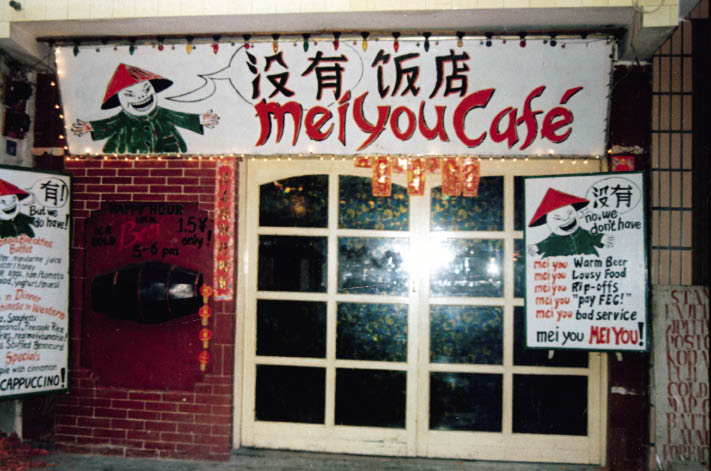Guilin-South China’s shangrila
China Today, September 6, 2016 Adjust font size:
Our favorite part of Guilin is Yangshuo, a small town an hour’s drive south, or a four-hour boat cruise down the Lijiang River. Tourists gawk at strange rock formations such as Elephant Trunk Hill and at fishermen fishing with cormorants, much as their ancestors did 1,400 years ago. But I’m most intrigued by the area’s over 2,000 years of history. In 214 BC, Emperor Qin Shihuang (259-210 BC), who seemed to know every corner of his vast realm, ordered the construction of the Lingqu Canal to connect the Xiangjiang and Lijiang rivers. The oldest contour canal in the world, this 36.4 km marvel made possible the 2,000-mile waterway that connected the Yangtze River to the Pearl River Delta.
Unlike beautiful but sprawling Guilin, Yangshuo is a quaint little town settled between the Lijiang River and towering peaks – though some peaks rear their head right in the middle of Yangshuo itself. We delighted in exploring the shops and restaurants of 1,400-year-old West Street, hiking and cycling through the countryside and riding inner tubes or bamboo rafts on the Yulong River.

Bill Brown with his two sons.
You need a bird’s-eye view to really appreciate the beauty, so we climbed Yangshuo’s “TV Tower” peak, where we were rewarded with a priceless panoramic view straight out of a National Geographic TV special. With the old town, boat-dotted-river and countless peaks, the landscape seemed timeless – a Shangrila that an ancient legendary immortal had plucked out of Tibet and plopped down in South China.
The most famous scene is about 27 km upriver in Xingping Village. Don’t worry if locals show you a RMB 20 note. They aren’t begging. They’re showing you, proudly, that Xingping’s landscape is the one engraved on the back of the paper money.
Like anywhere in China, Guilin is famous for its local cuisine, the most famous being the Guilin Three Treasures: Guilin chili sauce, Guilin Three Flower Rice Wine and pickled tofu. While my wife’s favorite is Guilin zongzi, glutinous rice dumplings wrapped in bamboo or banana leaves, mine is Guilin noodles, which a local invented over 2,000 years ago to feed Qin troops who could not stomach the local food.
Yangshuo is also famous for its Western cafes, many with such humorous names as Mickey Mao Café, and Minnie Mao Café. Most Western food in China is far from authentic but, in Yangshuo, locals prepare it far better than the foreigners themselves! For breakfast, we feasted on banana pancakes with wild honey and blueberries, and coffee brewed from freshly ground Hainan coffee beans. For lunch and dinner, we alternated between Chinese and foreign favorites, including gourmet burgers and fries and wood-fired pizza, as good as any in Chicago.

